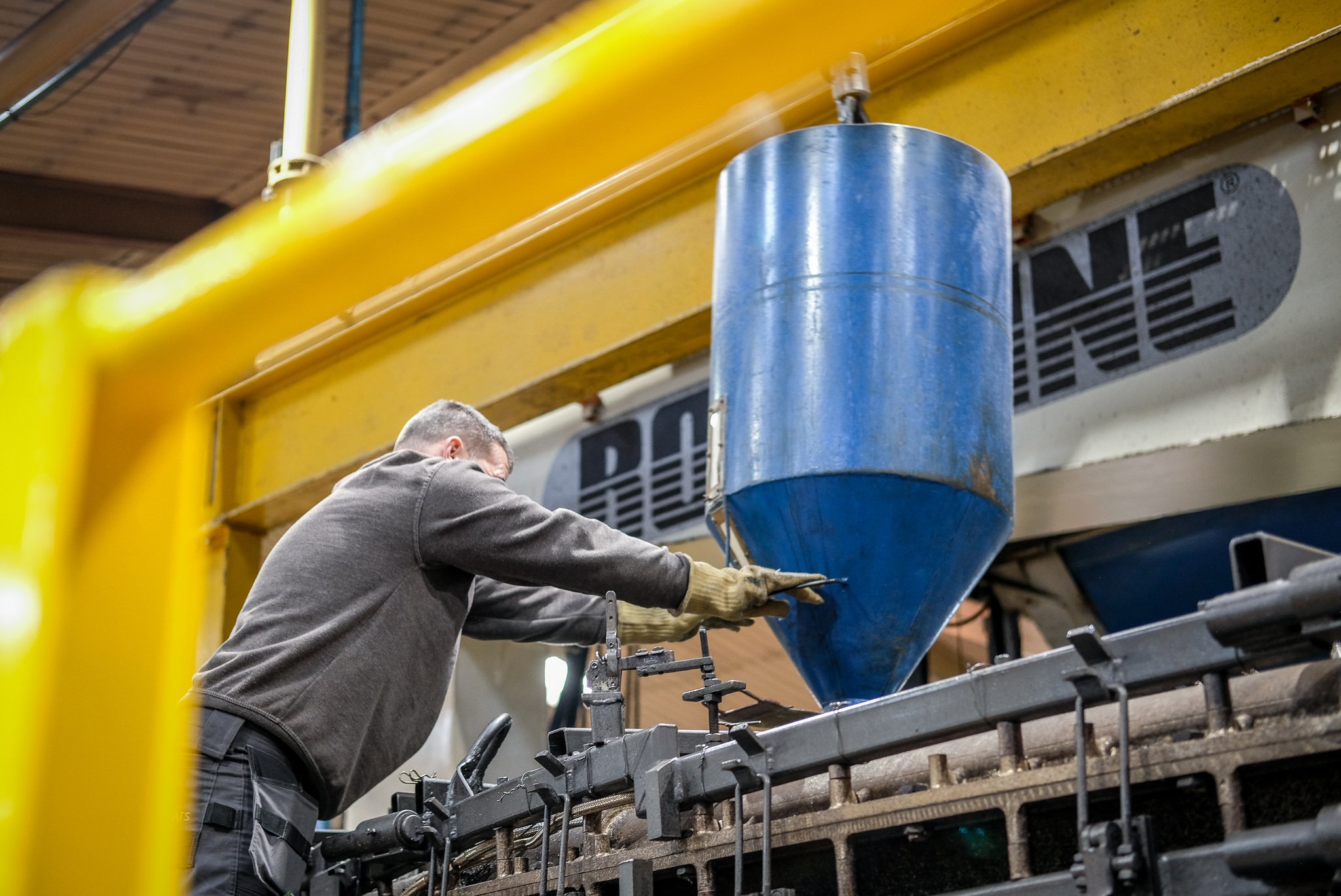Rotational molding also called rotomoldingis a versatile manufacturing process that is applied in creating seamless, durable and complex plastic parts. This process is now gaining prominence in design curricula globally. Today educational institutions are increasingly recognizing the need for students to be equipped with first hand knowledge about rotomolding especially since there is a continuous increase in the demand for cost effective, adaptable and sustainable manufacturing solutions.
This article will take you through the reasons why rotomolding is becoming a core subject in industrial design courses and you will learn about the benefits, its applications and how it imparts future engineers and designers.
Why Rotomolding Is a Core Subject in Industrial Design
The addition of rotational molding to industrial design courses is a reflection of its relevance in modern manufacturing processes today. A key reason to note is its alignment with various sustainable design principles. Basically with rotomolding it becomes easier to make use of recyclable plastics like polyethylene and producing minimal waste unlike with other methods. For instance the process does not make use of high pressure systems which further helps in reducing energy consumption.

Today educational institutions now incorporate all of this in their curricula and the aim is to teach students how to design various products that balance aesthetics, environmental responsibility and functionality. Also mastering rotomolding allows students to learn how to create products that meets industry requirements especially when it comes sustainability while ensuring that structural integrity is maintained.
Educational Benefits of Learning Rotomolding
One of the benefits of learning rotomolding is that allows students to understand the manufacturing processes easily. Unlike with theoretical studies, rotomolding involves the us of practical knowledge of thermal dynamics, mold engineering and material science. Basically students learn how to analyze factors like heating cycles, rotation speed and cooling rates and how these factors influences the quality of the final product.
Another thing worth noting is that rotomolding bridges the gap between production and design. With this students can gain insight into the entire product life cycle. This is because the holistic approach helps in preparing them for different careers within the industry and this include aerospace and consumer goods.
Despite these benefits it’s important to recognize that there are some challenges and it’s vital that students know how to address these challenges. For instance the process is tme intensive and achieving consistent quality needs a high level of precision control over variables like rotation speed and temperature. For educational programs to tackle these challenges there is a need for the simulation of real world scenarios to allow students to easily troubleshoot various issues.
